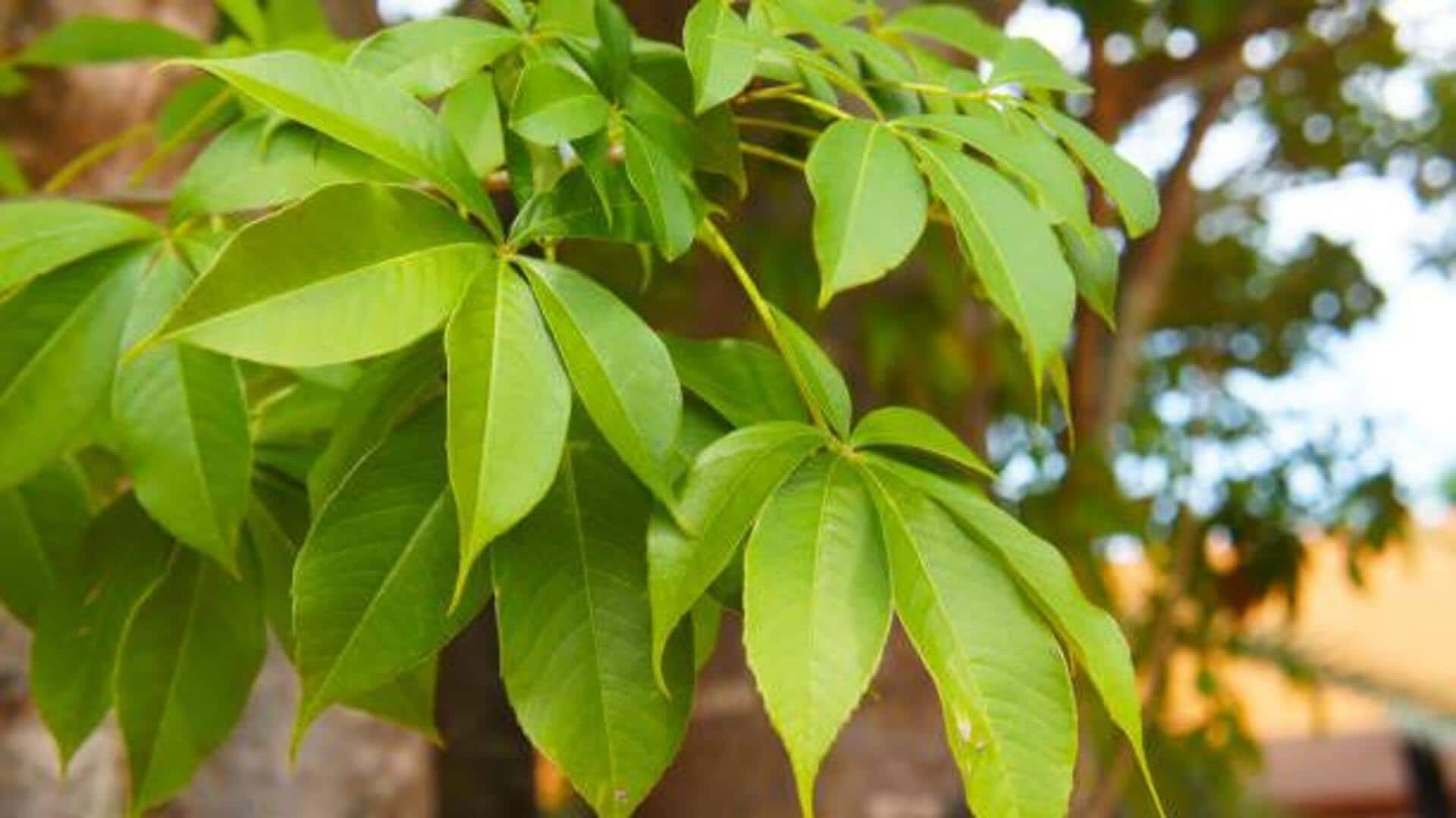
5 lesser-known uses of baobab leaves
What's the story
We all know that baobab trees are iconic to Africa, thanks to their humongous trunks and age. While the fruit is popularly known for its health benefits, the leaves of the baobab tree are also extremely useful. Traditionally, these leaves have been used in different African communities for more than just culinary purposes. Here are five lesser-known uses of baobab leaves that prove their versatility and importance.
Health benefits
Nutritional supplement
Baobab leaves are packed with essential nutrients like calcium, iron, and vitamin C. They can be dried and powdered to serve as a nutritional supplement. This powder is usually added to food or drinks to increase their nutritional value. It offers an inexpensive way of increasing dietary intake of essential minerals and vitamins.
Traditional medicine
Natural remedy
In several African cultures, baobab leaves are used in traditional medicine. They are thought to have anti-inflammatory properties. The leaves are commonly used in remedies for fever or digestive problems. The leaves can be boiled into a tea or used topically as part of herbal treatments.
Agricultural use
Livestock feed
Baobab leaves also make for an important source of fodder for livestock in dry seasons when other feed options may be limited. Their high protein content makes them an excellent supplement for animals like goats and cattle, keeping them healthy and productive even when grazing conditions are poor.
Sustainable agriculture
Eco-friendly fertilizer
The nutrient-rich composition of baobab leaves also makes them suitable for use as organic fertilizer. Farmers often incorporate these leaves into compost heaps or directly into soil to improve fertility naturally, without relying on chemical fertilizers. This practice supports sustainable agriculture by enhancing soil quality, while reducing environmental impact.
Artisanal uses
Craft material
Apart from their practical use, baobab leaves have found a place in artisanal crafts in some African communities. Since they are fibrous, they can be woven into baskets or mats, thus, emphasizing local craftsmanship. This not only highlights the skills of the artisans but also promotes efficient use of natural resources, ensuring nothing goes to waste in these communities.